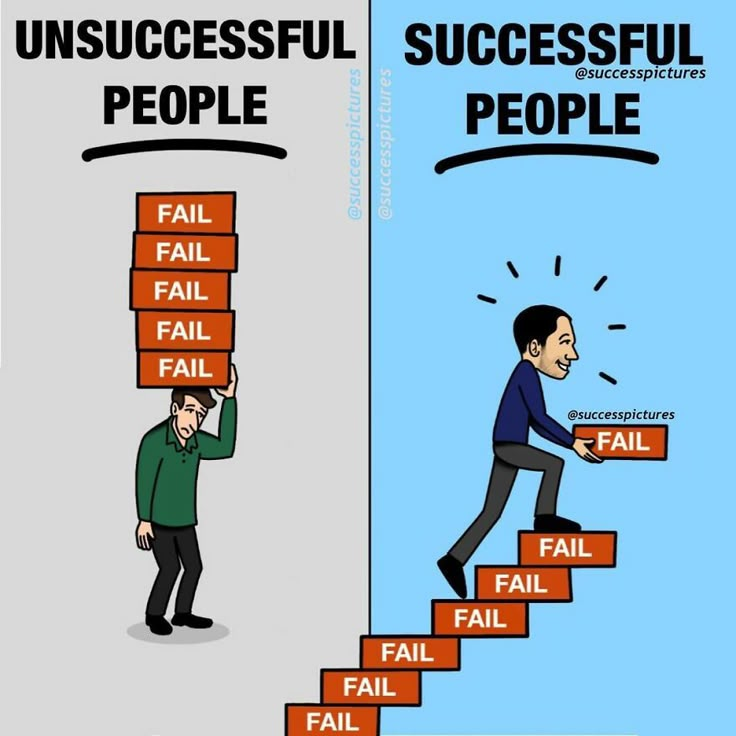Week In Review: Analyzing Failures For Future Success

Table of Contents
Identifying and Defining Failures
Before we can learn from our mistakes, we must first identify them. This involves honestly assessing situations where expectations weren't met. This isn't about self-flagellation; it's about objective evaluation to improve future outcomes.
Recognizing Setbacks
Don't shy away from acknowledging failures; actively identify them. This requires honest self-assessment and a willingness to confront uncomfortable truths.
- Examples: Missed deadlines, project cancellations, lost sales, relationship breakdowns, failed exams, unsuccessful marketing campaigns, and even seemingly minor daily frustrations that consistently hinder progress.
- Actionable steps:
- Keep a detailed journal, noting both successes and failures, and the context surrounding each.
- Conduct regular self-reflection sessions, perhaps weekly or monthly, to analyze patterns and recurring issues.
- Actively solicit feedback from colleagues, friends, family, or mentors—constructive criticism is invaluable.
Differentiating Between Failure and Setback
It's important to understand the nuances. A setback is a temporary obstacle; a failure might signal a need for fundamental change in approach or strategy.
- Examples: A setback could be a missed marketing campaign goal, requiring adjustments to the strategy; failure might be an entire flawed product launch requiring a complete overhaul.
- Actionable steps:
- Analyze the root cause of the issue. What were the contributing factors? Was it a lack of resources, poor planning, or external factors?
- Determine the impact of the failure. How significant was the setback? What were the consequences?
- Plan corrective actions. What steps can be taken to prevent this from happening again? This might involve changing processes, seeking additional training, or adjusting your approach.
Conducting a Thorough Failure Analysis
Once you've identified a failure, a thorough analysis is crucial for effective learning. This goes beyond surface-level explanations; it requires digging deep to uncover the root causes.
Root Cause Analysis
Don't settle for simple answers. Use proven techniques to unravel the underlying reasons for failure.
- Techniques: The "5 Whys" (repeatedly asking "why" to uncover the root cause), fishbone diagrams (visualizing potential causes), and fault tree analysis (mapping out potential failure points).
- Example: Missed deadline (initial observation) -> Lack of resources (why?) -> Poor planning (why?) -> Insufficient project scoping (why?) -> Lack of experience in project management (why?). This reveals a fundamental lack of project management expertise as the root cause.
Gathering Data and Feedback
Support your analysis with objective data and feedback from those involved. Avoid blame; focus on learning and improvement.
- Data sources: Performance metrics, customer reviews, team feedback, post-mortem reports, sales figures, and any other relevant data.
- Best Practices: Conduct surveys to gather broader perspectives; hold feedback sessions to encourage open dialogue; analyze data objectively, avoiding emotional bias.
Transforming Failure into Future Success
The ultimate goal of failure analysis is to prevent similar issues in the future. This involves developing actionable strategies and building resilience.
Developing Actionable Strategies
Based on your analysis, create concrete steps to prevent future failures.
- Examples: Implement new processes, improve communication protocols, invest in employee training, refine your project management approach, adjust sales strategies based on customer feedback, or seek mentorship to fill knowledge gaps.
- Key Considerations: Prioritize actions based on impact and feasibility; set realistic timelines for implementation; allocate the necessary resources (financial, human, technological) to support your plan.
Building Resilience and Adaptability
Failure is inevitable. Focus on developing resilience and the ability to adapt and learn from setbacks.
- Techniques: Mindfulness practices to manage stress and maintain perspective; seeking mentorship to gain valuable insights; celebrating small wins to maintain motivation; focusing on your strengths to build confidence.
- Benefits: Increased problem-solving skills, improved decision-making, enhanced adaptability, and increased confidence in the face of future challenges.
Conclusion
This week in review has demonstrated the transformative power of analyzing failures. By actively identifying setbacks, conducting thorough failure analysis, and developing actionable strategies, you can convert negative experiences into valuable learning opportunities. Don't let failures define you; use them to propel your future success. Start your own failure analysis today and begin building a stronger, more resilient you. Embrace the power of a productive week in review: analyzing failures for future success, and watch your performance improve.

Featured Posts
-
 How To Watch Seattle Mariners Vs Chicago Cubs Spring Training Online Free Today
May 17, 2025
How To Watch Seattle Mariners Vs Chicago Cubs Spring Training Online Free Today
May 17, 2025 -
 Quiet Living In Tokyo A Guide To Soundproof Apartments And Peaceful Spaces
May 17, 2025
Quiet Living In Tokyo A Guide To Soundproof Apartments And Peaceful Spaces
May 17, 2025 -
 Pistons Game 4 Loss A Questionable Foul Call Steals Victory
May 17, 2025
Pistons Game 4 Loss A Questionable Foul Call Steals Victory
May 17, 2025 -
 Controversial Non Call Decides Knicks Pistons Game Officials React
May 17, 2025
Controversial Non Call Decides Knicks Pistons Game Officials React
May 17, 2025 -
 College Tuition And Student Loans A Survey Exploring Parental Perspectives
May 17, 2025
College Tuition And Student Loans A Survey Exploring Parental Perspectives
May 17, 2025
Latest Posts
-
 Exploring The Life And Legacy Of Tony Bennett
May 17, 2025
Exploring The Life And Legacy Of Tony Bennett
May 17, 2025 -
 Tony Bennett A Life In Music And People
May 17, 2025
Tony Bennett A Life In Music And People
May 17, 2025 -
 Analysis Of The Ralph Lauren Fall 2025 Riser Fashion Show
May 17, 2025
Analysis Of The Ralph Lauren Fall 2025 Riser Fashion Show
May 17, 2025 -
 Ralph Laurens Fall 2025 Riser Collection Key Highlights And Trends
May 17, 2025
Ralph Laurens Fall 2025 Riser Collection Key Highlights And Trends
May 17, 2025 -
 Exploring The Ralph Lauren Fall 2025 Riser Presentation
May 17, 2025
Exploring The Ralph Lauren Fall 2025 Riser Presentation
May 17, 2025
